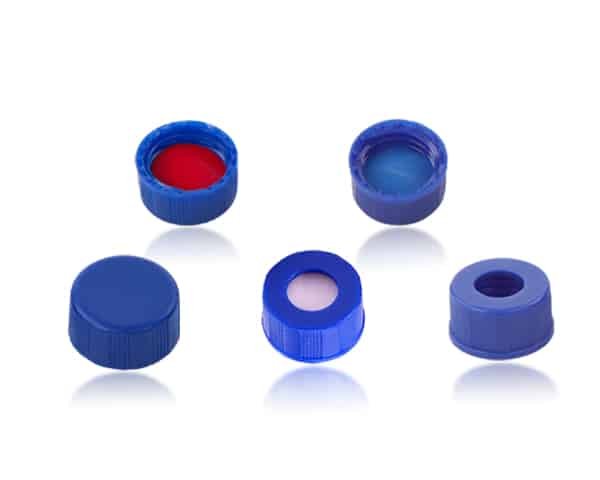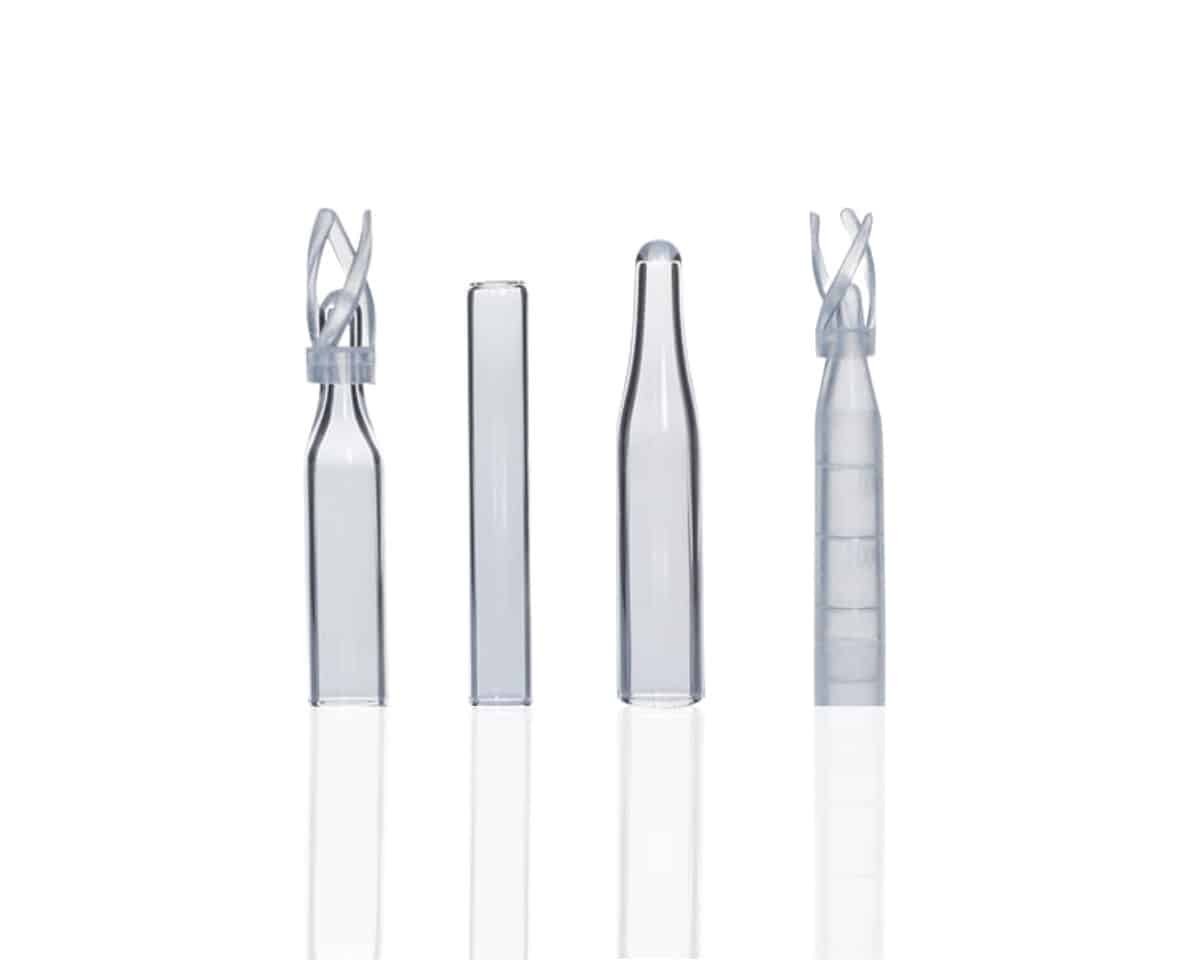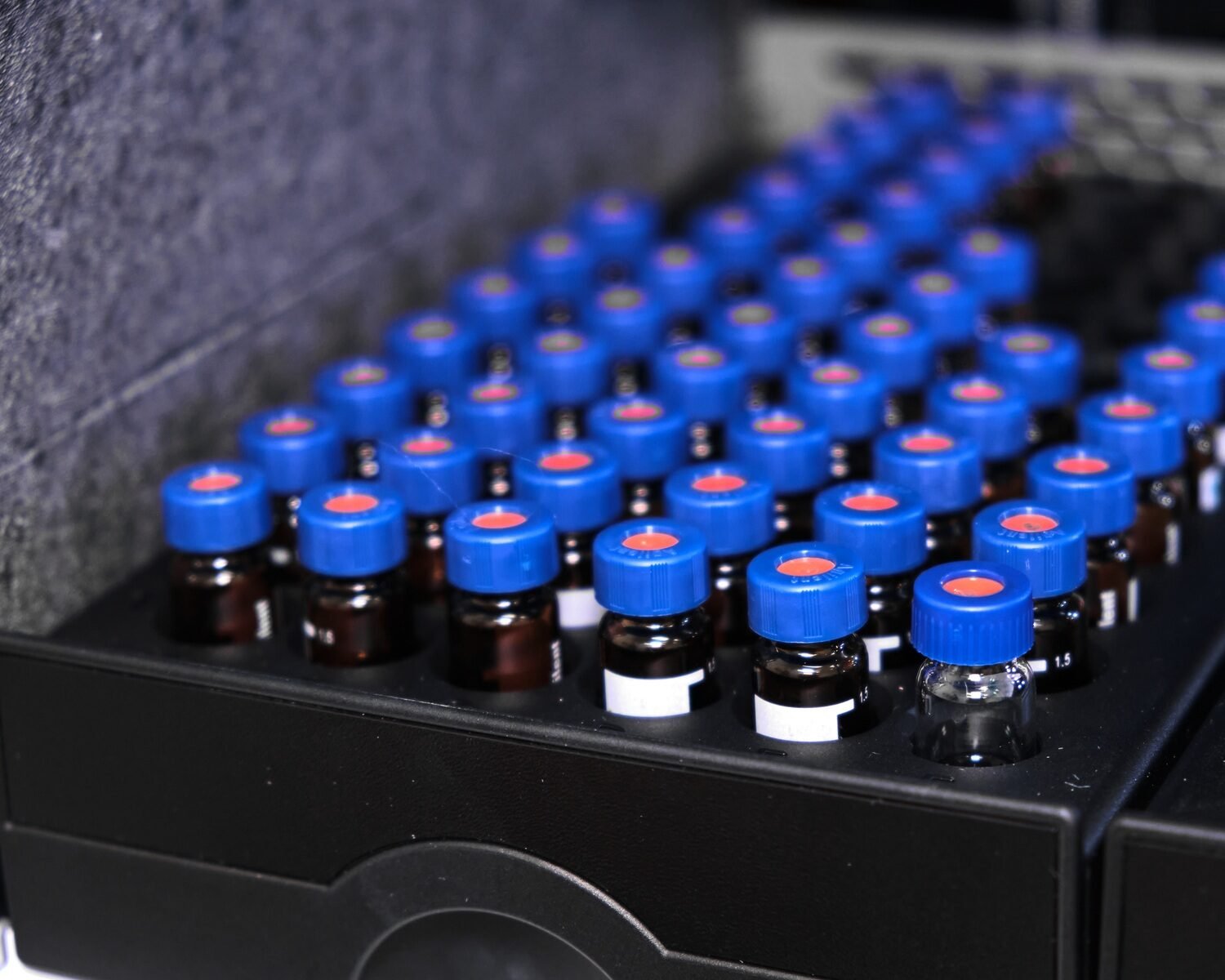
Vaccines are a hot topic, especially with all the discussions about their ingredients. You might have heard rumors that vaccines contain poisonous chemicals as preservatives. It’s natural to worry about what goes into our bodies, so let’s dive into this topic together and clear up some misconceptions.
Introduction
We all want to make the best decisions for our health and our loved ones. Vaccines are one of those areas where information can be overwhelming and sometimes misleading. So, let’s break it down and talk about whether vaccines really contain harmful preservatives and what that means for you.
The Role of Preservatives in Vaccines
Why Are Preservatives Added to Vaccines?
First, let’s chat about why vaccines even need preservatives. Imagine opening a bottle of juice and leaving it out. In no time, it would get contaminated. Vaccines, especially those in multi-dose vials, are similar. They need preservatives to stay safe and effective after the vial is first opened. Without preservatives, bacteria and fungi could grow, making the vaccine unsafe.
What Exactly Are Vaccine Preservatives?
The most talked-about preservative is thimerosal, which contains ethylmercury. Ethylmercury is processed differently by our bodies compared to the toxic methylmercury found in some fish. Other preservatives include phenol, 2-phenoxyethanol, and benzethonium chloride. Each of these has been used safely for years.
Common Vaccine Preservatives and Their Safety
Thimerosal: The Most Misunderstood Preservative
You might have heard a lot about thimerosal. It’s been used since the 1930s and contains ethylmercury, not the toxic methylmercury. Studies have shown that thimerosal in the amounts used in vaccines is safe. Extensive research, including studies by the CDC and WHO, found no link between thimerosal and autism or other health issues.
Real Talk: Thimerosal and Safety
It’s easy to get caught up in scary headlines, but let’s look at the facts. Thimerosal has been extensively studied, and health organizations around the world, including the WHO and CDC, say it’s safe. These organizations wouldn’t endorse it if it weren’t.
Phenol: Not Just for Vaccines
Phenol might sound intimidating, but it’s used in things like throat lozenges and mouthwash. It’s been a safe vaccine preservative for decades. If you’re comfortable using mouthwash, you can be comfortable with phenol in vaccines.
2-Phenoxyethanol: More Common Than You Think
This preservative is found in vaccines and cosmetics. It prevents bacterial growth and has been deemed safe by the FDA at the concentrations used in vaccines. If you trust it in your skincare products, you can trust it in vaccines too.
Benzethonium Chloride: Fighting Off Germs
Used in hand sanitizers and antiseptic sprays, benzethonium chloride is another preservative in some vaccines. Studies confirm it’s safe at the levels used in vaccines. It’s one more line of defense against contamination.

Addressing Myths and Misconceptions
The Poisonous Preservatives Myth
Let’s be real: the idea that vaccines contain poisonous chemicals isn’t backed by science. The preservatives used are in tiny amounts and have been rigorously tested. They’re there to keep you safe from contamination, not to harm you.
Understanding Risk and Dose
Remember, it’s the dose that makes the poison. Even water can be dangerous in excessive amounts. The preservatives in vaccines are present in such small quantities that they pose no health risk. Regulatory bodies ensure that the levels used are far below any harmful threshold.
Regulatory Oversight and Safety Monitoring
Thorough Testing Before Approval
Vaccines undergo rigorous testing in clinical trials before they hit the market. This includes testing for potential side effects from preservatives. Regulatory agencies like the FDA and EMA scrutinize the data to ensure safety.
Continuous Safety Monitoring
Once approved, vaccines continue to be monitored. Systems like VAERS allow the public and healthcare professionals to report any adverse events. This helps catch any potential issues quickly and ensures ongoing safety.
The Bigger Picture: Vaccines in Public Health
The Triumphs of Vaccination
Vaccines have wiped out smallpox and nearly eradicated polio. Diseases like measles, mumps, and rubella have become rare thanks to vaccines. The benefits of vaccination are enormous, and preservatives play a crucial role in maintaining vaccine safety and effectiveness.
Herd Immunity: Protecting the Vulnerable
Vaccination isn’t just about individual protection. It’s about community health. When enough people are vaccinated, it creates herd immunity, protecting those who can’t be vaccinated due to medical reasons.
Conclusion
So, do vaccines contain poisonous chemicals as preservatives? The answer is a clear no. The preservatives used in vaccines are safe and necessary to keep them free from contamination. Extensive research and continuous monitoring ensure vaccines remain one of the safest and most effective tools in public health.
Final Thoughts
It’s easy to be swayed by myths and misconceptions, but the facts are clear. Vaccines save lives, and the preservatives used in them are safe. If you ever have doubts, don’t hesitate to talk to your healthcare provider. They can give you the straight facts and help you make the best decisions for your health.
Sources
Vaccines are here to protect us, and understanding their ingredients helps us trust in their safety. Let’s keep the conversation going and make informed decisions together.











